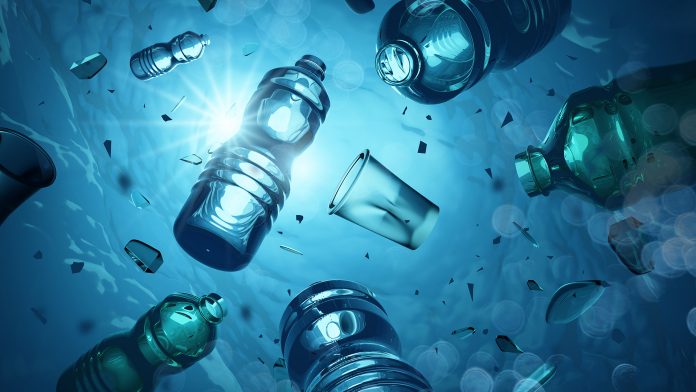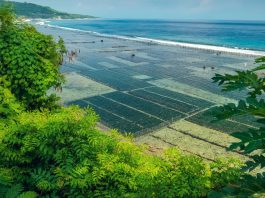A University of Plymouth study suggests that collecting ocean pollution with mechanical devices may not be as effective as manual clearing and may even harm marine environments.
Mechanical devices have become an attractive method for mitigating ocean pollution in recent years. However, emerging research from the University of Plymouth’s International Marine Litter Research Unit indicates that these anti-pollution technologies can, in fact, trap and harm marine organisms. Moreover, the amount of litter they acquire is comparatively low in the manual removal techniques.
Assessing Seabin technology
The research is the first independent evaluation of a Seabin Device’s performance. This technology is designed to suck in water with a submersible pump continuously. The water is then filtered and returned to the surrounding area when clean, leaving the litter in a catch bag.
Several hundred Seabins have been installed worldwide and are reported to have obtained more than 2.5kg of pollution from areas such as marinas, ports, and yacht clubs. The university researchers tested the device over 750 hours between April and June 2021.
During this period, the Seabin captured 1,828 items – the equivalent of 0.18kg of litter, which is around 58 pieces of ocean pollution per day. The litter was mainly comprised of plastic pellets, polystyrene balls, and plastic fragments.
However, whilst collecting ocean pollution, the Seabin also captured one marine organism for every 3.6 items of litter – around 12 each day, including sand eels, brown shrimp, and crabs. Around 60% of these organisms were found to be dead upon retrieval, indicating some died after entering the device.
Manual ocean pollution removal is more effective
At the same time of the study, five manual trawls were performed in the same area, using nets from pontoons or vessels. Manual collection obtained an average of 19.3g of litter during cleans of up to five minutes, whereas the Seabin only captured 0.0059g in a similar timeframe.
The researchers explained that the Seabin device was of minimal benefit for marine litter removal in this particular location. They also warned that such technologies could cause techno-optimism – a reliance on technological innovations instead of refining our production, use, and disposal of plastic.
Florence Parker-Jurd, Research Assistant at the University of Plymouth and the study’s lead author, said: “At its current state of development, this study suggests that manual cleaning of ports, harbours, and marinas is more efficient and cost-effective. Notably, manual cleans are selective, and this could lessen any potential risk to marine life. Given the increasing reliance on technological innovations, formal evaluations are necessary to their efficiency as similar may apply to other types of device.”
Professor Richard Thompson OBE, Head of the International Marine Litter Research Unit, concluded: “The UN Treaty to end plastic pollution presents an amazing opportunity to use plastics more responsibly, halting their accumulation in the environment. Ultimately, the best way to achieve that is by preventing the issue at its source rather than clean-up. However, The Treaty sets an urgent ambitious timeline, and this could lead to increased investment in clean-up as opposed to longer-term systemic change. This study and others from my team highlight the critical importance of evidence to inform decisions about which type of intervention to invest in as we move to tackle this global environmental challenge.”





